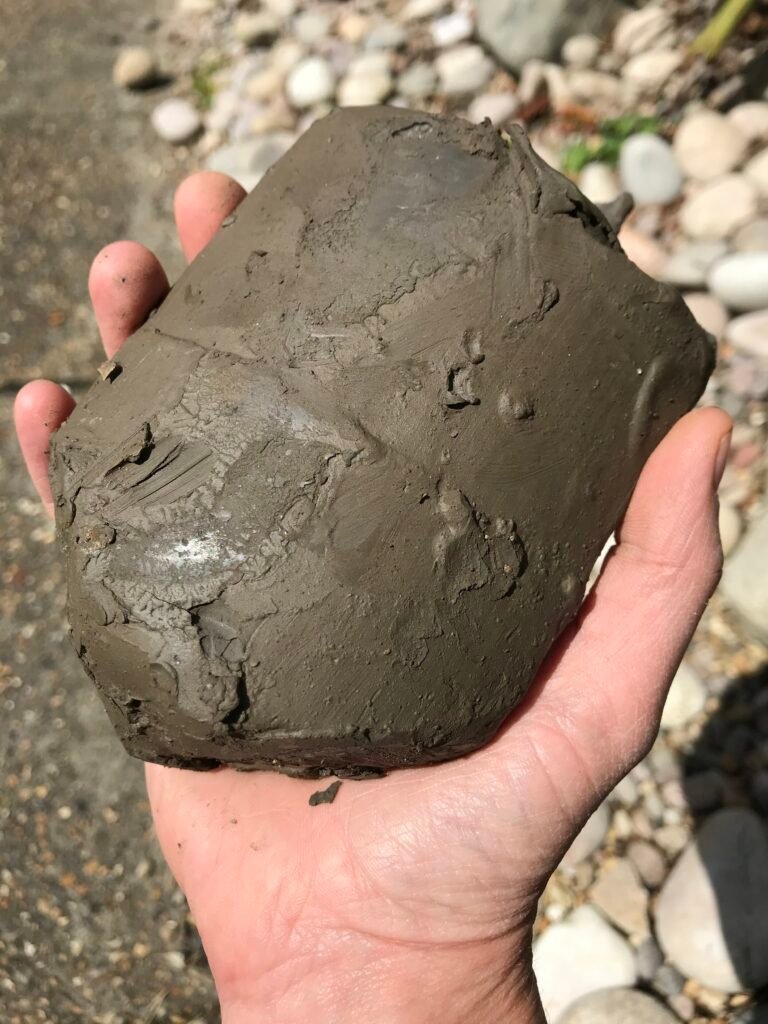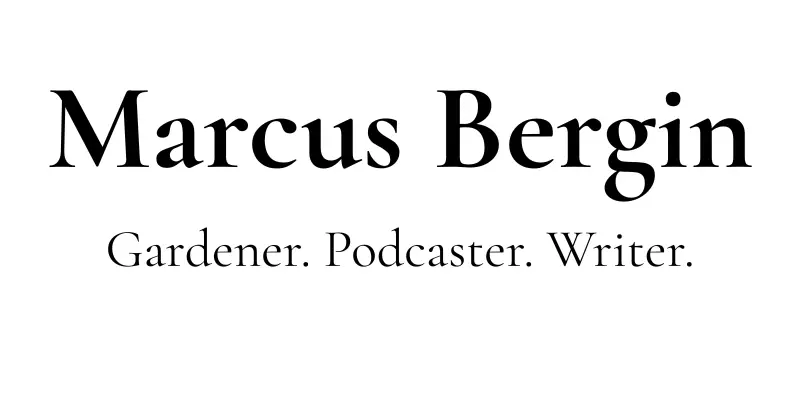
Not All Clay Is the Same: Understanding the Types of Clay Soil in UK Gardens
When we say “clay soil,” it conjures up a universal image, sticky, slow-draining, heavy to dig, and tricky to plant into. But ask any seasoned gardener or soil scientist, and you’ll find a more nuanced story. Clay soils aren’t all the same, and understanding what type you’ve got can make all the difference in how you manage it, and what you grow.
In this post, we’ll explore:
What makes clay… clay
The science behind soil texture
The most common types of clay soil in the UK
How to identify yours
Practical ways to work with each type
What Is Clay Soil, Scientifically Speaking?
Soil is made up of mineral particles, sand, silt, and clay—], along with organic matter, air, and water. What we call clay soil is soil with a high percentage of clay particles, which are extremely fine, less than 0.002 mm in diameter.
Because they’re so small, clay particles pack tightly together, leaving minimal space for air and water to move. This leads to:
Poor drainage in winter
Cracking and hardening in summer
Compaction when walked on
Nutrient richness—but often poor availability due to lack of aeration
Clay is both a curse and a gift: it’s nutrient-dense, but it requires management.
A Quick Look at Soil Geography: Where Is Clay Found in the UK?
You’ll find clay-based soils across much of the UK, but their character changes based on location and underlying geology.
Heavy London Clay
Found across the South East, particularly London, Essex, and Kent
Thick, dense, blue-grey clay formed in marine conditions
Very sticky and heavy—challenging for root crops and slow to warm up
Benefits from deep organic amendments and sharp sand or grit
Mercia Mudstone (Red Clay)
Common in the Midlands, Cheshire, Gloucestershire, and parts of the Cotswolds
Iron-rich and coloured deep red or orange
Often holds structure better, slightly easier to dig, but still needs organic matter
Good base for roses and climbers once improved
Silty or Alluvial Clay
Found in floodplains and former river valleys (e.g., Lincolnshire, Somerset Levels)
Contains finer particles and often becomes greasy when wet
Prone to compaction but highly fertile with the right treatment
Great for veg beds if drained properly
Clay-with-Flints
Common on hilltops in the South East and parts of the Chilterns
A mix of sticky clay and sharp flints, formed by weathering over chalk
Hard on tools and backbreaking when dry, but supports surprisingly diverse planting
How to Identify Your Clay Type
Here’s a simple test:
Take a small handful of moist soil.
Roll it into a sausage shape in your hand.
If it easily rolls smooth and shiny and holds shape well, it’s heavy clay.
If it feels gritty, it may be sandy clay.
If it’s slick and soapy, you’re likely working with silty clay.
Also observe:
Colour: Red/orange = iron-rich; grey/blue = wetter, denser clays
Cracks in summer: Signs of shrinkage and poor organic matter
Puddling in winter: Classic compaction and poor permeability
Tips for Working With Different Clays
| Type | Signs | Tips |
|---|---|---|
| Heavy grey/blue clay | Waterlogging, dense lumps | Raised beds, add bark fines, compost, gypsum if needed |
| Orange/red iron-rich clay | Drains slightly better, cracks in dry spells | Mulch heavily, dig in compost and sharp grit |
| Silty clay | Greasy texture, compacts easily | No-dig methods, add fibrous compost, avoid walking on wet soil |
| Sandy clay | Easier to dig, quicker to dry | Still needs organic matter, benefits from moisture-retaining mulches |
Plants That Thrive in Clay (Once Improved)
Once you know your clay type and begin improving it, you’ll open up a world of planting opportunities:
Shrubs: Viburnum opulus, Cornus alba, Hydrangea arborescens
Perennials: Aster, Persicaria, Helenium, Astilbe, Hemerocallis
Roses: Most modern roses do well in heavier clay once improved
Trees: Amelanchier, Sorbus, Birch (betula), and even some types of Acer
For challenging sites, look into clay-loathing plants like lavender, rosemary, or euphorbia only once you’ve created sharply drained mounds or raised beds.
Final Thought
Soil is the foundation of everything we do in the garden. And while clay gets a bad reputation, the truth is: it can be your greatest ally, if you take the time to understand it.
Next time someone tells you “I’ve got clay,” ask them which kind.
You might just find that their garden’s got more potential than they ever realised.
Want to keep learning? For more practical gardening tips and local advice, come join the conversation in my Facebook group Gardening with Marcus or take a stroll through the blog archives.
Happy Gardening,
Marcus
